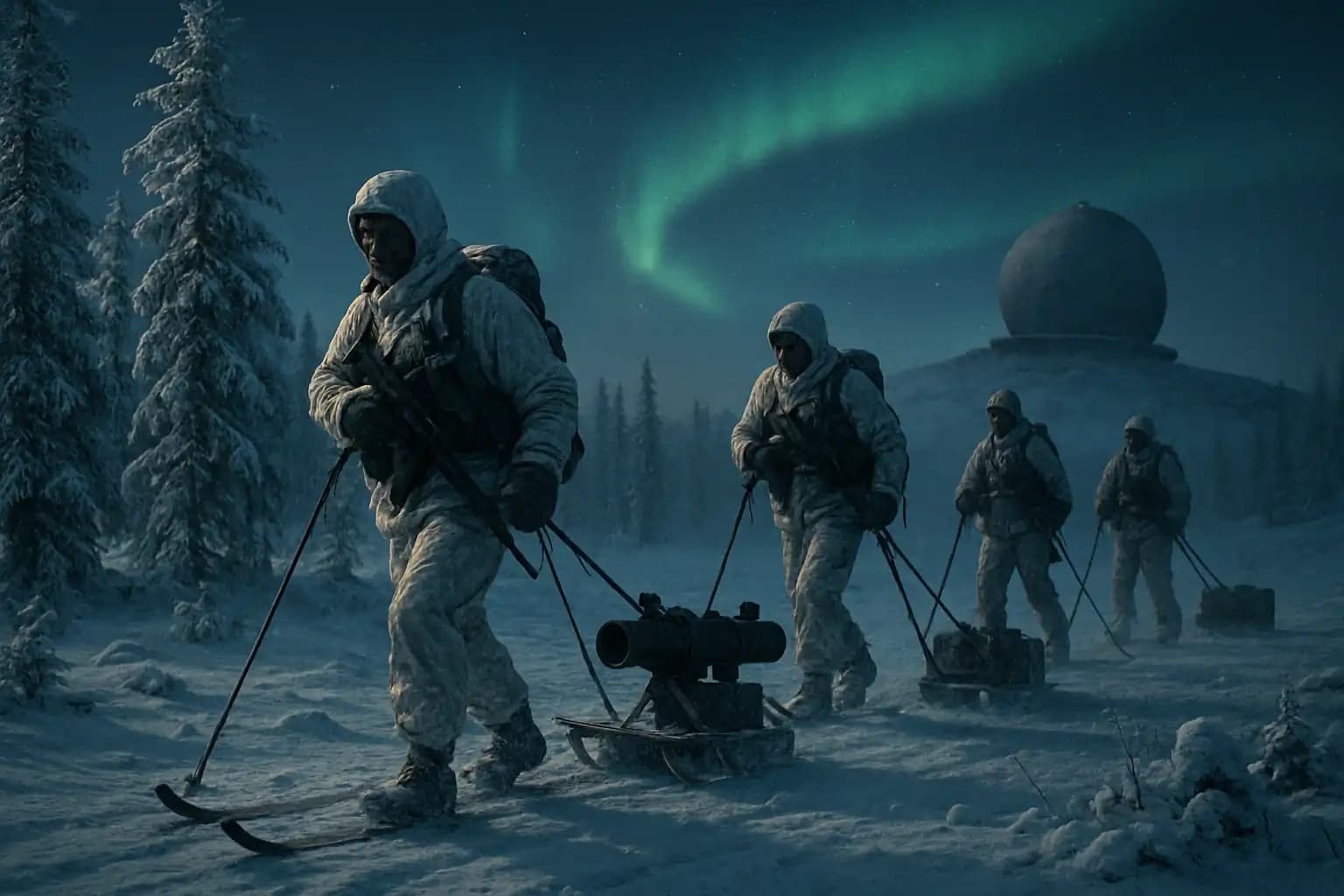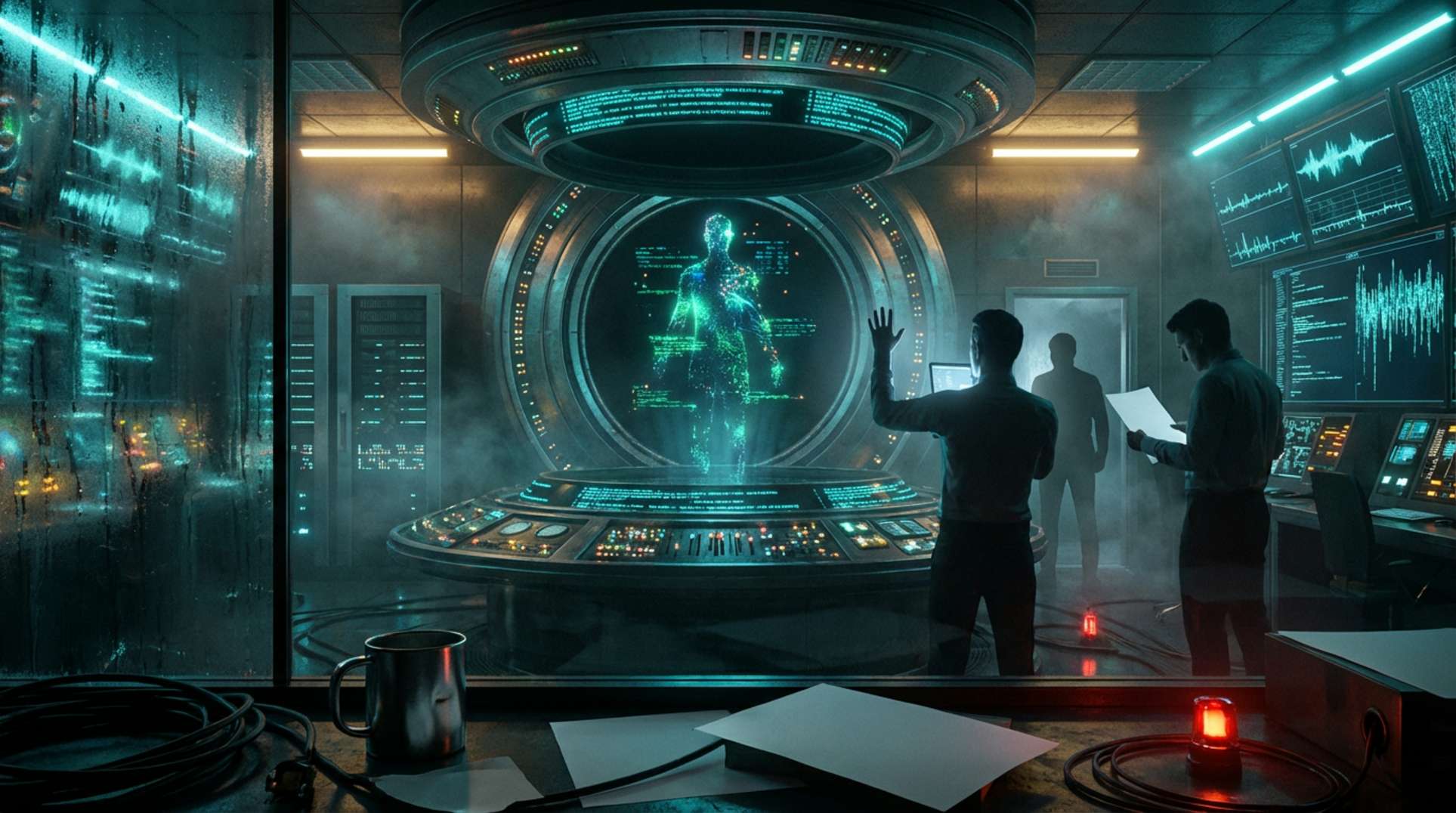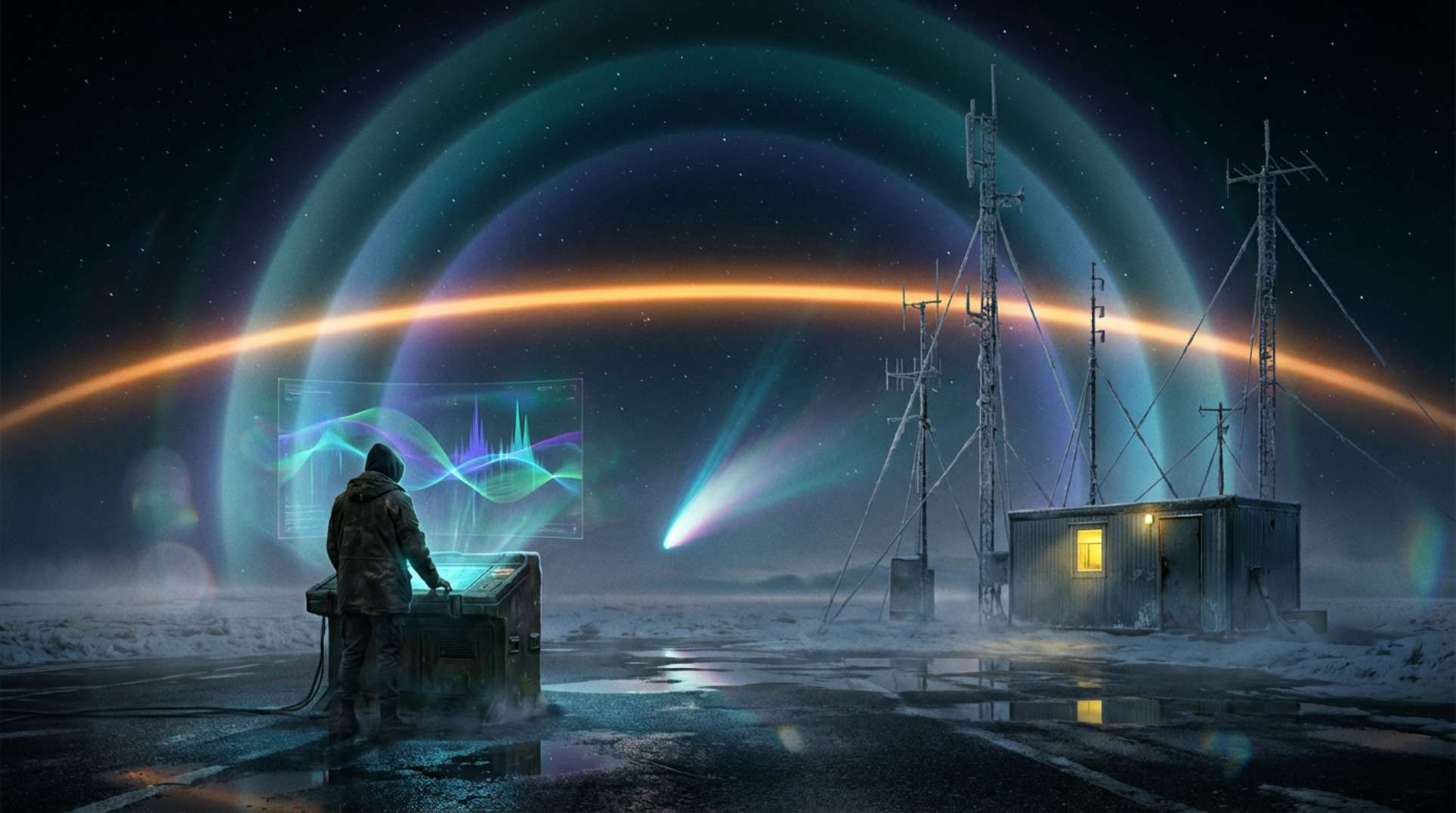Why the Arctic Became Tomorrow’s Battlefield
The High North stores oil, gas, rare minerals, and new sea routes freed by melting ice. Russia has reopened Cold War air bases and stationed air-defense regiments from Murmansk to Wrangel. When Finland and Sweden moved to join NATO, the Arctic chessboard flipped. Helsinki’s 1,340-kilometer border now doubles the alliance’s frontier with Russia, shrinking Moscow’s early-warning buffer. According to open-source tallies, Moscow maintains at least 50 ice-hardened ships and the only fleet of nuclear-powered icebreakers on the planet.
In this environment, the greatest enemy is not always a rifle scope across drifting snow. Hypothermia, whiteouts, and machinery that refuses to crank at –40 °C can cripple units before contact. That truth compelled Finland—once neutral—to seek collective defense guarantees after Russia’s 2022 invasion of Ukraine. Johnny Harris traveled to Lapland to see how Finns turn childhood skiing skills into military doctrine.
The Finnish Playbook: Sisu on Skis
Finnish conscripts learn sisu: a blend of resilience, composure under pressure, and a stubborn refusal to quit. In the tundra, sisu translates into eight-hour ski infiltrations, tents beneath tree lines, and silent night firing with suppressors. During Harris’s week-long embed, trainers emphasized two priorities: stay warm enough to function and hidden enough to ambush.
Each soldier files a “frost checklist.” Gloves rotate every ninety minutes; canteens ride upside down to form ice at the cap, not the mouthpiece. Rifles receive graphite lube; petroleum congeals like syrup. Even Velcro is banned—too loud in silent air. These lessons echo warnings about supply-chain fragility outlined in this chilling brief. Lose heat or logistics, and modern brigades revert to stranded travelers.
Gear That Won’t Quit When Mercury Disappears
Layering science. Base layers wick moisture, mid layers trap heat, and outer shells block wind. Cotton is verboten; it hoards sweat. Synthetic insulation dries fast; wool insulates when wet. Field trials cited in technical searches confirm a three-layer system extends operational endurance by 40 percent.
Snow shoes versus skis. Skis excel on open ground, but tight spruce forests force troops onto snowshoes or karhukset, a Finnish hybrid. During break-contact drills, soldiers alternate: lead element skis to set pace; rear guard snowshoes to pivot fast.
Weapons tweaks. Finland’s RK 62 rifles operate down to –54 °C using stronger springs and enlarged trigger guards for mittens. Squad LMGs sport cold-weather belts that resist brittleness. A leaked manual, surfaced by ballistics researchers, shows every third link in the belt painted neon green to help gunners clear jams without removing goggles.
Power management. Batteries die fast in sub-zero air. Radios stay inside parkas; drone packs store next to engine blocks. Portable solar performs poorly during polar night, so units carry hand-crank dynamos and fuel cells. These innovations mirror emergency energy solutions explored within a recent tech review.
Terrain, Tactics, and the Ambush Ethos
Forest treelines break wind but limit satellite views. Patrols cut zigzag routes to avoid predictable thermal signatures. Drones hover high enough to see but low enough to blend with snow clouds. If Russians push armor through frozen swamps, Finnish sappers drill holes, flood channels, and let nature refreeze into ice spikes.
The playbook champions elastic defense: delay, drain, disappear. Small squads peel away, luring columns into kill zones laced with pre-sighted mortars. This cat-and-mouse rhythm harasses supply convoys, forcing invaders to burn fuel and morale. Russian doctrine favors massed artillery; Finland counters with distributed sensors tied to NATO command nets. A single recon ski patrol can now call Norwegian F-35s within minutes—an operational novelty since Helsinki accepted alliance membership.
NATO’s Arctic Handshake
Finland brings 900,000 trained reservists and Europe’s largest artillery park per capita. NATO offers AWACS patrols, under-ice submarine tracks, and shared satellite intel. Joint exercises like Cold Response drill mixed battalions from the U.S., UK, and Baltics. The pact also unlocks rail corridors through Sweden to supply Lapland if Russian missiles hit Finnish ports.
Yet alliance planners worry about overstretch. Baltic defense already strains resources. Adding a giant snow-covered flank risks “too many doors for one guard,” as one Estonian general stated during a panel highlighted in this geopolitical digest. The solution: empower local forces with precision munitions to stall advances until reinforcements arrive.
Civilian Role: Every Basement a Bunker, Every Snowmobile a Scout
Finnish law mandates blueprints incorporate bomb-shelter spaces. Grocery ads list shelf lives next to prices. During annual readiness weekends, families practice blackout drills and rehearse radio check-ins on volunteer networks like the ones profiled in a frequency study. Snowmobilers submit GPS tracks to local defense districts, creating an informal sensor net over 300,000 square kilometers.
Harris’s footage shows grandparents teaching recruits to gut perch and smoke reindeer because supply convoys may fail under jamming. The message: national defense is a crowd-sourced ecosystem.
Lessons for Any Cold-Weather Prepper
1. Master fire in foul weather. Carry ferro rods, waxed cotton, and stove fuel in waterproof bags. Practice one-match ignition at night, while gloved.
2. Train your gut. Arctic exertion burns 4,500 calories daily. Cheese, nuts, and dehydrated meat dodge freeze damage better than water-heavy veggies.
3. Respect ice. Lakes become highways but also trapdoors. Drill test holes; wear buoyancy vests under plate carriers.
4. Rewrite comms SOPs. Test radios at –30 °C; learn shortwave fallbacks. Watch for resurgent mystery signals; interference could mask enemy traffic.
5. Condition the mind. Polar night erodes morale. Teams schedule “light therapy” breaks with battery lamps. Unit medics monitor mood dips as seriously as frostbite.
Strategic Outlook: Sabers, Snow, and a Narrow Window
Moscow’s troops already juggle fights from Kherson to the Caucasus. Could they sustain an Arctic thrust? Analysts clash. Some cite the Northern Fleet’s robust logistics loop; others note manpower attrition. What is clear: climate change shortens ice seasons, opening windows for rapid moves. When seas freeze late and thaw early, amphibious raids can slip between sonar pickets.
One war-game scenario, leaked online and indexed via archived search files, posits a three-day Russian dash to seize key Norwegian airstrips, then negotiate from a position of frozen leverage. Finnish command responded by sabotaging rail chokepoints and torching fuel depots—denial beats defeat.
Keep Watching the Permafrost
The Arctic rewards patience and punishes arrogance. Any army can buy snow camo; few can field brigades that thrive in darkness. Finland spent decades preparing quietly. Joining NATO merely turned the spotlight on skills honed through national trauma dating back to 1939’s Winter War.
If conflict erupts, expect a contest of endurance, not blitzkrieg. Satellites and drones will guide strikes, but men on skis will decide ridge lines. As Johnny Harris’s lens pans across endless birch stands, one truth hangs in the frigid air: the North remembers—and it is arming.
Further Reading and Monitoring
Stay tuned to regional broadcasts, defense white papers, and field manuals. For unfiltered updates beyond mainstream loops, bookmark Unexplained.co and cache pages for offline review. In the Arctic, bandwidth dies first.





